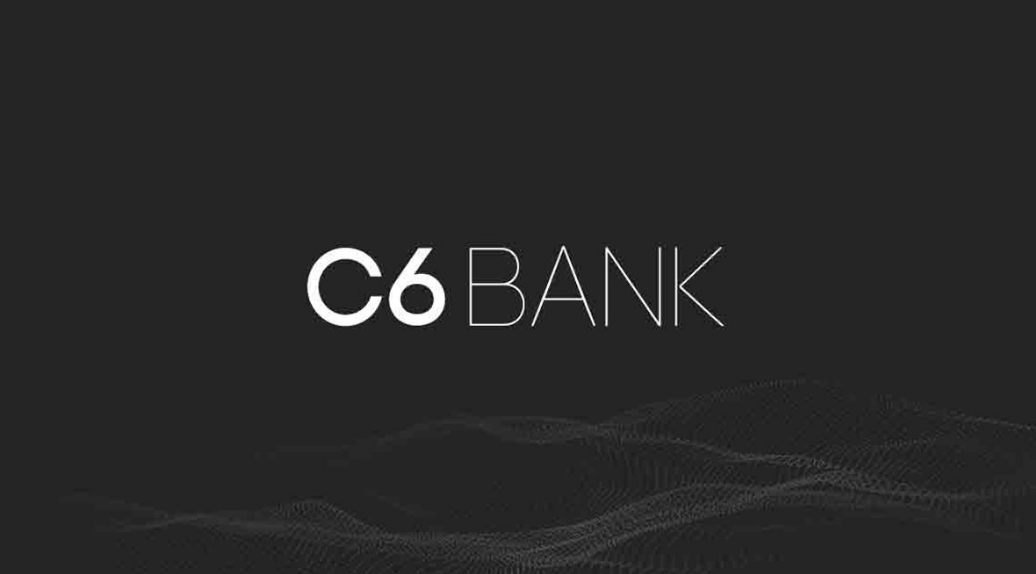Digital banking has transformed how Americans handle their finances. As technology permeates everyday life, the shift to online and mobile financial services has become almost inevitable. Convenience, speed, and cost-efficiency make digital banks an attractive alternative to traditional financial institutions.
This article explores the rise of digital banking in the U.S. and its impact on personal finance, highlighting its benefits, challenges, and the potential for a transformed financial future. As digital banks continue to redefine financial services, understanding their role and influence becomes crucial for consumers and the industry alike.
Digital banking’s rise: a new era in personal finance

Over the last decade, digital banks have steadily grown in popularity in the United States. Unlike traditional brick-and-mortar institutions, digital banks primarily operate online, offering banking services without the physical presence of branches. Pioneers like Chime, Ally Bank, and Varo Bank have disrupted the financial landscape, catering to a tech-savvy generation that values time and convenience.
These banks provide services such as savings and checking accounts, money transfers, and budgeting tools, all through user-friendly mobile apps and websites. For many users, the appeal lies in the ability to conduct transactions anytime, anywhere, without the need to visit a physical location.
Digital banks also often boast lower fees or even zero fees compared to their traditional counterparts. This fee reduction is possible because digital banks save significantly on operational costs, such as rent and physical infrastructure, allowing them to pass these savings on to consumers.
Moreover, the rise of digital banks aligns with a broader trend towards financial inclusion. Digital banking provides access to financial services for those who might have limited access to traditional banks due to location, income level, or credit history. In this sense, digital banks are not only transforming personal finance but are also promoting greater access to financial resources and opportunities.
Benefits of digital banking: convenience, cost, and control
Digital banking offers several key advantages that have contributed to its rapid growth in the U.S. First and foremost is convenience. Unlike traditional banks, which may have limited business hours and require customers to visit branches for certain transactions, digital banks are accessible 24/7.
Whether it’s depositing a check through a mobile app, transferring money to friends, or paying bills, all transactions can be completed from the comfort of home or on the go. Cost savings are another major benefit.
Traditional banks often impose various fees, such as maintenance fees, overdraft fees, and ATM charges. In contrast, digital banks tend to have minimal or no fees, and some even offer perks like interest on checking accounts or cashback rewards.
Because they operate without physical branches, digital banks can afford to offer these benefits, helping customers save money while managing their finances. Control over finances is also enhanced through digital banking. Most digital banks come equipped with tools that enable budgeting, spending tracking, and savings goals.
For example, some apps automatically categorize spending, helping users better understand where their money is going and make informed financial decisions. Notifications for spending, deposits, and account balances keep users updated in real-time, providing an increased sense of control and transparency over their personal finances.
Challenges and security concerns
While digital banking provides numerous benefits, it also faces several challenges, particularly around security and trust. The rapid digital transformation in finance has brought about increased cybersecurity risks.
With digital banking reliant on internet connectivity and electronic data, customers are at risk of phishing attacks, data breaches, and identity theft. Ensuring the protection of personal and financial information is a priority, and digital banks must invest heavily in security measures to maintain customer trust.
Many digital banks employ multi-factor authentication (MFA), biometric login features, and data encryption to enhance security. However, the evolving nature of cyber threats requires ongoing vigilance. Even with advanced security protocols, customers may feel hesitant to fully trust digital banks, particularly if they have grown up with traditional banking institutions and place high value on personal relationships with bank staff.
Another challenge is the lack of physical presence. Some customers find comfort in having a local branch they can visit, especially for resolving complex issues or accessing certain services like notary services. Digital banks need to develop robust customer service and support systems to ensure users feel supported, even without face-to-face interactions. Live chat, 24/7 support, and AI-based assistance can help bridge this gap, but for some, the absence of a brick-and-mortar branch remains a significant deterrent.
The future outlook: digital banking’s growing role in personal finance
As digital banks continue to grow, they play a key role in promoting financial literacy and accessibility across the U.S. The wealth of data and tools available on digital banking platforms empowers users to gain a better understanding of their finances. This focus on financial literacy is crucial in a society where many individuals struggle with managing debt, understanding credit, and planning for retirement.
Additionally, digital banks are increasingly offering services beyond basic banking, such as personal loans, investment opportunities, and even cryptocurrency transactions. This one-stop-shop approach simplifies the user experience and allows individuals to manage various aspects of their finances within a single app or platform.
The ease of use and availability of resources can be particularly advantageous for younger generations, who may not have established relationships with traditional banks but are looking for ways to build credit, invest, and save for the future.
Another aspect of digital banking’s future is its potential to bridge gaps in financial accessibility. Many Americans are either unbanked or underbanked, lacking access to essential financial services. Digital banks, with their minimal fees and broad availability, can reach these populations more effectively than traditional banks.
Sustainability and technological innovations
Digital banking’s rise is also aligned with increasing concerns about environmental sustainability. Traditional banks have a large environmental footprint due to their extensive network of physical branches, paper-based processes, and energy consumption.
Digital banks, by contrast, are largely paperless, reducing waste and energy use. This sustainability factor makes digital banking an appealing option for environmentally conscious consumers. In addition, technological advancements continue to shape the future of digital banking.
Innovations such as artificial intelligence (AI), machine learning, and blockchain are expected to drive further improvements in customer experience, security, and service offerings. For instance, AI can be used to personalize financial recommendations, detect fraud in real-time, and enhance customer support through chatbots.
As these technologies continue to evolve, digital banks are well-positioned to leverage them, offering more sophisticated, secure, and user-friendly services to customers. The seamless integration of advanced technology with financial services not only enhances customer experience but also enables digital banks to remain agile and responsive to changing consumer needs.





